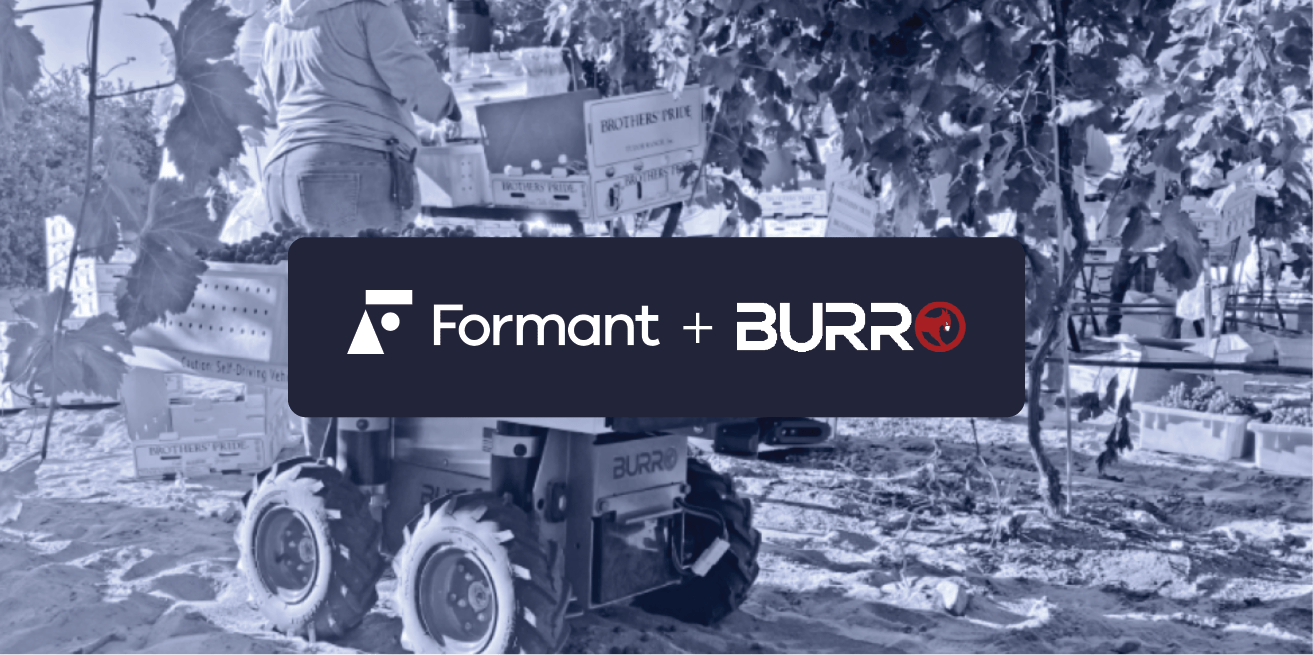What is the Robot Operating System?
The robot operating system known as ROS is an open-source collection of software libraries and tools for building robot applications. The first major iteration, ROS1, provided a way for hardware and software robot components to speak a similar language. The collection of tools contributed by the open-source community allowed innovators to more rapidly create prototypes and push the boundaries of robotics.
ROS origin story
ROS grew out of independent efforts at two different Stanford University labs and dovetailed with work being done at the tech incubator Willow Garage. The core engineers joined Willow Garage in 2007 and released the first iteration of ROS that November. In a true open-source effort, engineers and researchers at more than 20 institutions contributed to the initial ROS ecosystem.
In 2012 the Open Source Robotics Foundation, Inc. (OSRF) was established as a California nonprofit public benefit corporation to house the ROS development. In 2016 and 2018, two for-profit arms were launched in order to facilitate collaboration and provide a funding source for OSRF’s activities. Collectively, the three entities were referred to as Open Robotics. In December 2022, Intrinsic, an Alphabet company that came out of the incubator X (also known as the “moonshot” division), acquired the two for-profit arms. The OSRF nonprofit retains all the open standards.
Since February 2013, the OSRF has issued an annual major release. The OSRF also houses the Open RMF standard and Gazebo, an open-source robot simulator. ROS 1 led to ROS 2 and ROS Industrial (ROS-I). NASA, Blue Origin and OSRF announced in February 2023 that they are beginning collaboration on Space ROS.
ROS 1 functionality
One of the problems ROS was trying to solve was getting various pieces of robot hardware and software to speak to each other. By eliminating the need for custom code for every piece of hardware, innovation could speed up.
Despite its name, ROS 1 did not provide the real-time services required to be an operating system. Regardless, engineers, developers, and researchers were excited and the open-source community continued developing the additional tools and packages comprising ROS 1. ROS-powered robotics work in universities and startups including NASA, which used ROS for Robonaut 2 on the International Space Station.
The last version of ROS 1 was released in May 2020 as development shifted focus to ROS 2, the next generation of ROS. ROS 1 will be officially ending its life cycle in May 2025 and will no longer be supported by Open Robotics.
ROS 2 upgrades and enhancements
The first non-beta release of ROS 2 was in December 2017 following three-plus years of development. It heralded a shift from robots from experimental to meaningful deployments of robots in production environments at scale. ROS 2 meets the real-time requirements to be a true operating system.
ROS 2 supports large fleets and more real-world actions in addition to being more reliable. It also supports industrial safety and security standards necessary for some applications.
ROS-Industrial
The ROS-Industrial initiative began when Yaskawa Motoman Robotics, the Southwest Research Institute, and ROS developers wanted to extend ROS into manufacturing automation in 2012. Three regionally-based consortia provide training, support, and roadmapping for ROS-I.
Benefits of ROS
ROS has become the de facto standard in robotics with a global community encompassing millions of developers. During the past 15 years, innovators have used ROS to shorten development time while simplifying the integration of new elements into their robot solutions.
Its multi-domain, multi-platform approach means developers can use ROS to develop robots regardless of where they will be deployed. From space to deep underwater, robots run on ROS. Support spans Linux, Windows, macOS, and a number of embedded platforms, providing optionality, flexibility, and extensibility.
ROS is here to stay. It supports robots around the world performing almost any robotic task imaginable and boasts thousands of contributors committed to further developing its capabilities.


